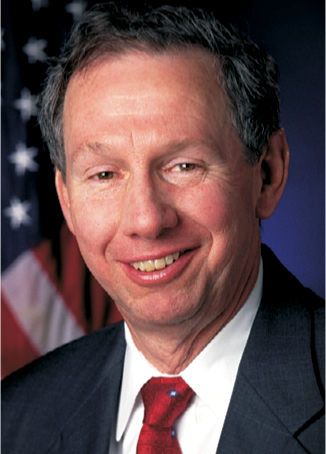NASA lacks money for science
DOI: 10.1063/1.4797388
Facing pressure to implement President Bush’s 2004 directive to send manned spacecraft to the Moon and, eventually, to Mars, NASA administrator Michael Griffin has finally said straight out what space scientists have been claiming for months: The space agency will have to cut science programs to support the development of manned missions. The short-term goals of NASA’s manned space program include completion of the International Space Station and development of a new crew exploration vehicle to replace the aging space shuttle fleet. Those projects set the stage for a more ambitious program to return to the Moon.
In testimony before the Senate in late April, Griffin said, “I believe that fulfilling our commitments on the [space station] and bringing the crew exploration vehicle on line in a timely manner, not later than 2014 and possibly sooner, is a higher priority than these science missions.”
Soon after Griffin testified, the National Research Council issued a report that stated, “NASA does not have the resources necessary to maintain a vigorous science program.” The committee that wrote the report concluded that NASA’s plans for the next five years for research in astrophysics, heliophysics, planetary science, astrobiology, Earth science, and several other programs are “not sustainable” and are “not properly balanced to support a healthy mix of small, moderate-sized, and large missions.” Griffin has asked a NASA committee to meet with scientists and get a list of science mission priorities, but he cautioned that no more money can be spent on science.

Griffin
NASA

